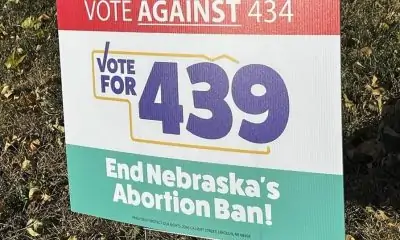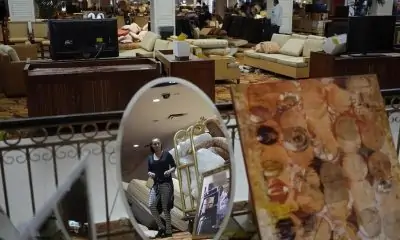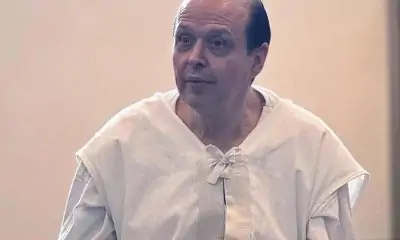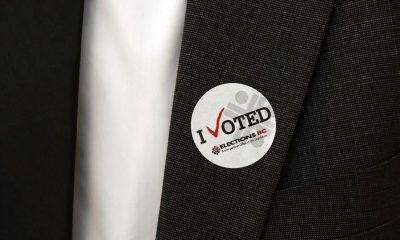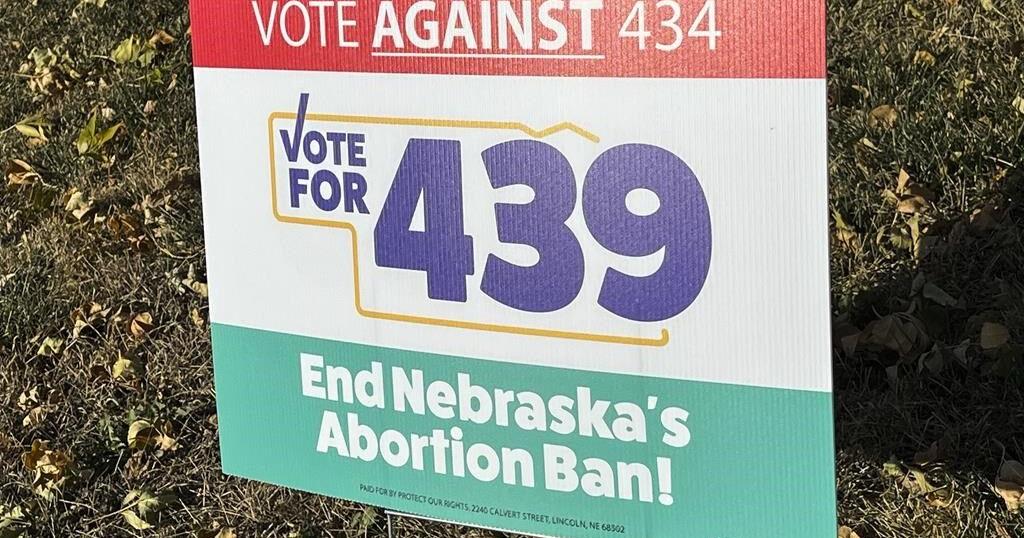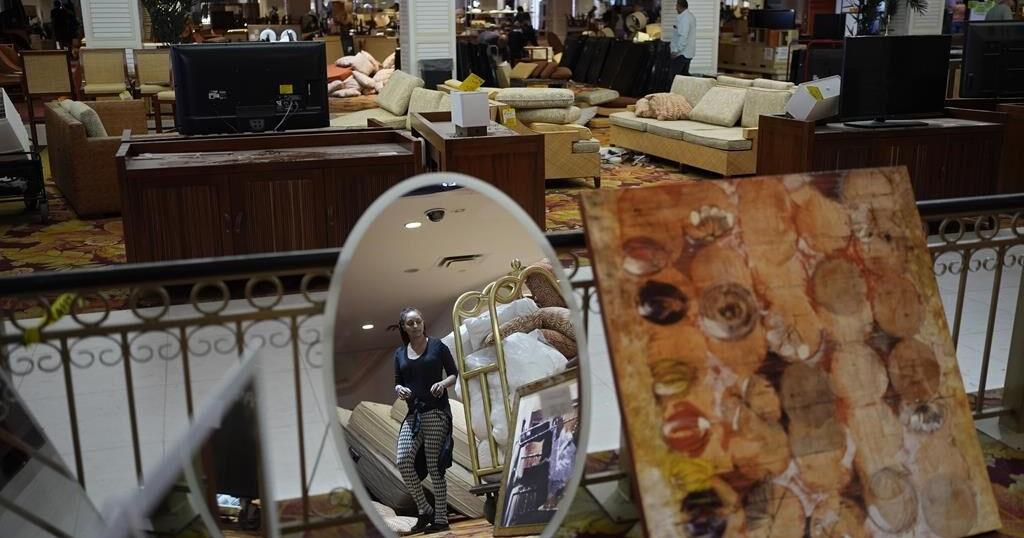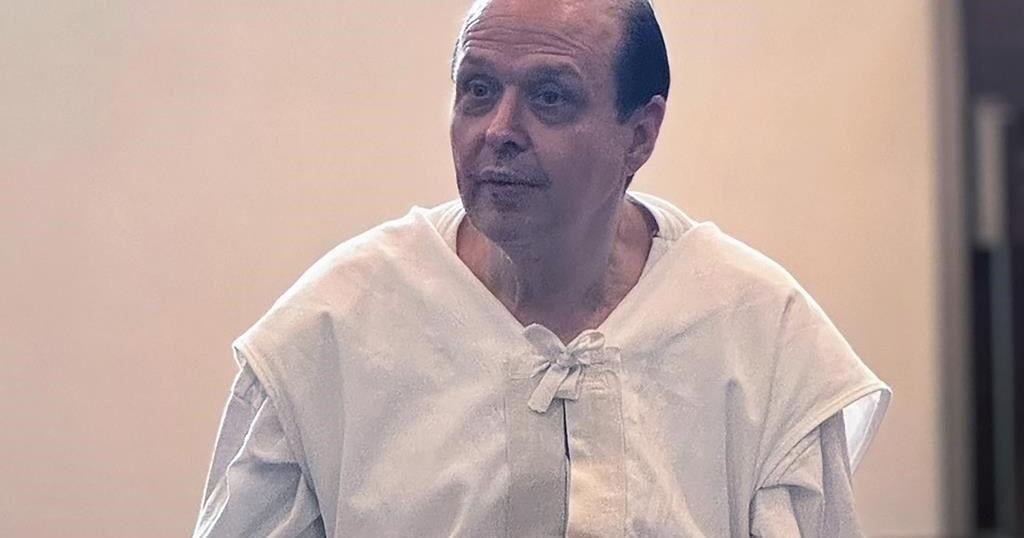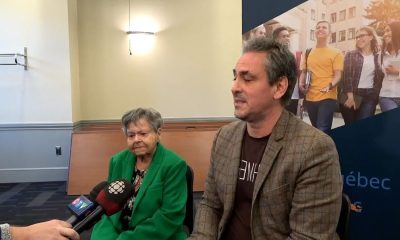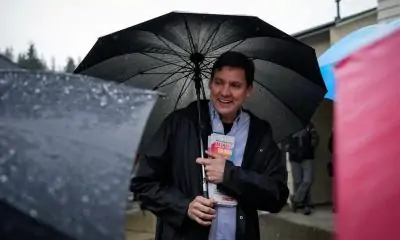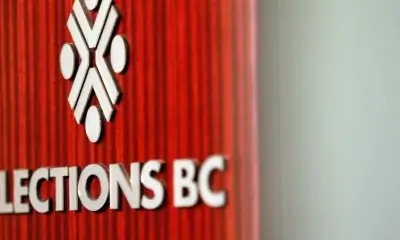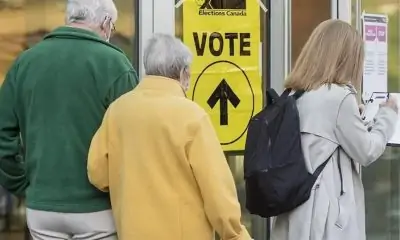Voters in Nebraska and Arizona will see competing measures on their November ballots — in one case about abortion, in the other about primary elections. If voters approve them all, what happens next could be up to the courts to decide.
Like more than a dozen other states, Arizona and Nebraska have constitutions stating that if two or more conflicting ballot measures are approved at the same election, the measure receiving the most affirmative votes prevails.
That sounds simple. But it’s actually a bit more complicated.
That’s because the Arizona and Nebraska constitutions apply the most-votes rule to the specifically conflicting provisions within each measure — opening the door to legal challenges in which a court must decide which provisions conflict and whether some parts of each measure can take effect.
The scenario may may sound odd. But it’s not unheard of.
Conflicting ballot measures “arise frequently enough, and the highest-vote rule is applied frequently enough that it merits some consideration,” said Michael Gilbert, vice dean of the University of Virginia School of Law, who analyzed conflicting ballot measures as a graduate student two decades ago when his curiosity was peaked by competing measures in California.
What’s going on in Nebraska?
After the U.S. Supreme Court overturned a nationwide right to abortion, Nebraska enacted a law last year prohibiting abortion starting at 12 weeks of pregnancy except in medical emergencies or when pregnancy results from sexual assault or incest.
Abortion-rights supporters gathered initiative signatures for a proposed constitutional amendment that would create “a fundamental right to abortion until fetal viability, or when needed to protect the life or health” of a pregnant woman, without interference from the state. Fetal viability generally is considered to be some time after 20 weeks. The amendment is similar to abortion-rights measures going before voters in eight other states.
Abortion opponents, meanwhile, pursued their own initiative to essentially enshrine the current law into the constitution. That measure would prohibit abortion in the second and third trimesters, except in medical emergencies or pregnancies resulting from sexual assault or incent.
The Nebraska Constitution says the winning measure with the most votes shall become law “as to all conflicting provisions.” State law says the governor shall proclaim which provision is paramount. Lawsuits could follow.
If the measure creating a right to abortion until fetal viability gets the most votes, it could be construed as fully conflicting with the restrictive measure and thus prevail in its entirety, said Brandon Johnson, an assistant law professor at the University of Nebraska.
But if the restrictive measure gets the most votes, a court could determine it conflicts with the abortion-rights measure only in the second and third trimesters, Johnson said. That could create a scenario where abortion is elevated as a fundamental right during the first trimester but restricted in the second and third.
“There’s a decent legal argument, based on the language that talks about conflicting provisions of the measures, that you can synchronize the two,” Johnson said.
What’s going on in Arizona?
Arizona, like most states, currently uses partisan primaries to choose candidates for the general election.
The Republican-led Legislature, on a party-line vote, placed an amendment on the November ballot that would enshrine partisan primaries in the state constitution, reaffirming that each party can advance a candidate for each office to the general election.
A citizens initiative seeks to change the current election method. It would create open primaries in which candidates of all parties appear on the same ballot, with multiple candidates advancing to the general election. It would be up to lawmakers or the secretary of state to enact requirements for exactly how many should advance. If at least three make it to a general election, then ranked choice voting would be used to determine the winner of the general election.
The Arizona Constitution says the winning ballot measure with the most votes shall prevail “in all particulars as to which there is conflict.”
In the past, the Arizona Supreme Court has cited that provision to merge parts of competing measures. For example, in 1992, voters approved two amendments dealing with the state mine inspector. One measure extended the term of office from two to four years. The other measure, which got more votes, limited the mine inspector to serving four, two-year terms.
In a case decided 10 years later, the Supreme Court said parts of both measures should take effect, ruling the mine inspector could serve four, four-year terms. That could have implications for Arizona’s future elections if voters approve both competing measures on this year’s ballot.
“The court really goes out of its way to harmonize the two,” said Joseph Kanefield, an attorney and former state election director who teaches election law at the University of Arizona. Striking one measure entirely “is something that the court will try to avoid unless they absolutely determine the two cannot exist together.”
What’s happened in other states?
When Gilbert’s curiosity was peaked about conflicting ballot proposals, he teamed up with a fellow graduate student at the University of California, Berkeley, to examine 56 instances of competing ballot measures in eight states between 1980 and 2006. In some cases, the measures appeared to directly conflict. In others, the measures merely addressed similar topics.
Their research found that the measure getting the most affirmative votes often was the one that made the least change from the status quo.
But sometimes, the highest-vote rule never comes into play, because voters approve one measure while rejecting the other. Or voters defeat both measures.
In 2022, California voters were presented with two rival proposals to legalize sports betting. Interest groups spent roughly $450 million promoting or bashing the proposals, a national record for ballot measures. But both were overwhelmingly defeated.
In 2018, Missouri voters faced three different citizen-initiated proposals to legalize medical marijuana. Voters approved one and rejected two others.
“It is not unusual to have conflicting measures,” said John Matsusaka, executive director of the Initiative and Referendum Institute at the University of Southern California. “But my observation is that voters usually understand the game and approve one and turn down the other.”





